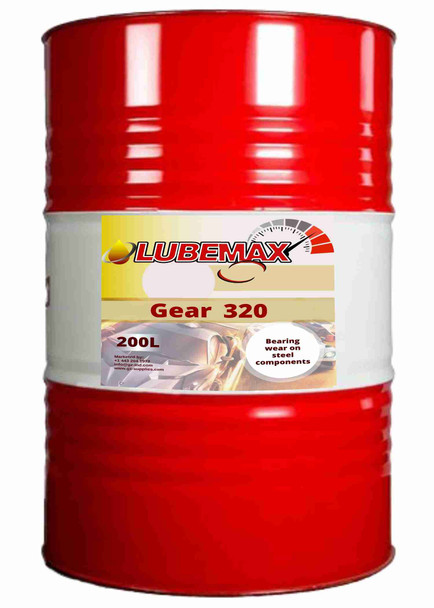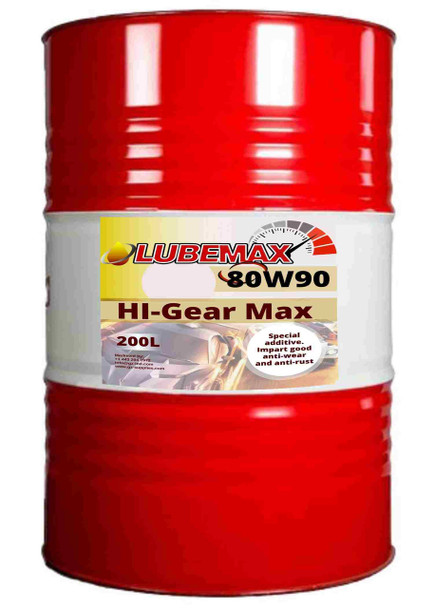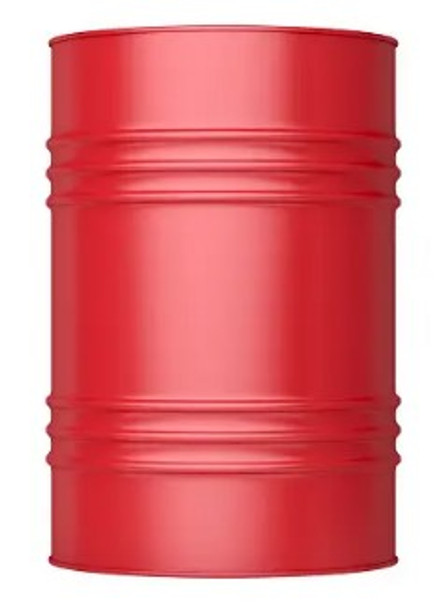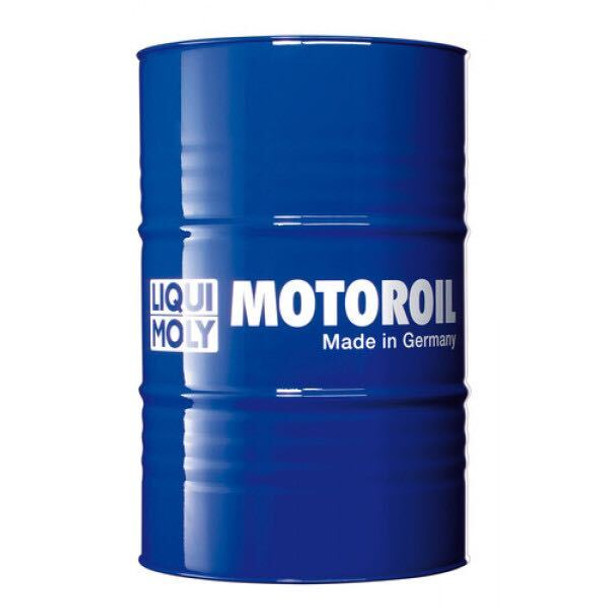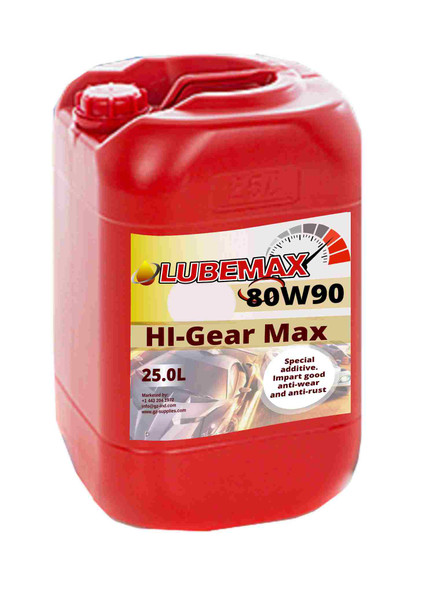The Hidden Secrets of Changing Your Gear Oil: Unleashing the Benefits
Changing your gear oil may seem like a mundane task, but it is actually a crucial aspect of vehicle maintenance that can have a significant impact on the performance and longevity of your vehicle. Many car owners neglect this important maintenance task, unaware of the hidden secrets and benefits that come with it. In this article, we will uncover the hidden secrets of changing your gear oil and explore the numerous benefits that accompany this simple yet vital maintenance procedure. Whether you are a car enthusiast or simply a responsible vehicle owner, this article will provide valuable insights into the world of gear oil and how it can enhance your driving experience.
Gear oil is a specialized type of lubricant used in various mechanical systems, particularly in gearboxes, transmissions, and differentials of vehicles and industrial machinery. Its primary purpose is to reduce friction and wear between the moving parts of these systems, ensuring smoother operation and extending the lifespan of the components involved.
LubeMax Gear 320 200L Oil
Understanding the Importance of Gear Oil Change
Gear oil plays a crucial role in ensuring the smooth operation and longevity of your vehicle's transmission system. It acts as a lubricant, protecting the gears and other components from wear and tear caused by friction and heat. Over time, gear oil can break down and become contaminated with particles and contaminants, which can compromise its effectiveness in providing adequate lubrication. This is why regular gear oil changes are essential.
Here are some key reasons why changing your gear oil is important:
1. Prevents Premature Wear: As gears rotate and interact with each other, friction and heat can cause them to wear down over time. By regularly changing the gear oil, you can ensure that the gears are properly lubricated, reducing friction and minimizing wear. This can significantly increase the lifespan of your transmission system.
2. Maintains Optimal Performance: Clean and fresh gear oil allows the gears to operate smoothly, promoting seamless shifting and optimal performance of your vehicle. Old, contaminated gear oil can cause sluggish shifting, grinding noises, and decreased performance. By changing the gear oil at recommended intervals, you can maintain the efficiency and responsiveness of your transmission system.
3. Prevents Overheating: Transmission systems generate a significant amount of heat during operation. Gear oil helps to dissipate this heat and prevent overheating. However, as gear oil breaks down and becomes contaminated, its ability to dissipate heat diminishes. Regular gear oil changes ensure that the transmission system remains properly cooled, reducing the risk of overheating and potential damage to the gears.
4. Removes contaminants: Over time, particles, dirt, and metal shavings can accumulate in the gear oil, compromising its effectiveness. By changing the gear oil, you remove these contaminants, ensuring that the new oil provides optimal lubrication and protection to the gears. Clean gear oil also helps to prevent the formation of sludge and varnish, which can clog the transmission system and lead to costly repairs.
5. Preserves fuel efficiency: A well-lubricated transmission system operates more efficiently, resulting in improved fuel economy. By regularly changing the gear oil, you can maintain the smooth operation of the gears, minimizing energy loss due to friction. This can help you save money on fuel costs in the long run.
In conclusion, changing your gear oil is essential for maintaining the performance, longevity, and efficiency of your vehicle's transmission system. By adhering to the recommended maintenance schedule and using high-quality gear oil, you can unleash the hidden benefits of this simple yet vital maintenance procedure, ensuring a smoother and more enjoyable driving experience.
LubeMax HI-Gear Max 80W90 200L
The Benefits of Changing Your Gear Oil Regularly
Regularly changing your gear oil can provide numerous benefits for your vehicle's transmission system. Here are some key advantages of this simple yet vital maintenance procedure:
1. Enhanced Lubrication: Gear oil acts as a lubricant, protecting the gears and other components from friction and heat. Over time, gear oil can break down and become contaminated with particles and contaminants, compromising its ability to provide adequate lubrication. By changing the gear oil regularly, you ensure that the gears are properly lubricated, reducing friction and minimizing wear. This can significantly increase the lifespan of your transmission system.
2. Improved Performance: Clean and fresh gear oil allows the gears to operate smoothly, promoting seamless shifting and optimal performance of your vehicle. Old, contaminated gear oil can cause sluggish shifting, grinding noises, and decreased performance. By changing the gear oil at recommended intervals, you can maintain the efficiency and responsiveness of your transmission system, ensuring a smoother and more enjoyable driving experience.
3. Cooler Operation: Transmission systems generate a significant amount of heat during operation. Gear oil helps to dissipate this heat and prevent overheating. However, as gear oil breaks down and becomes contaminated, its ability to dissipate heat diminishes. Regular gear oil changes ensure that the transmission system remains properly cooled, reducing the risk of overheating and potential damage to the gears.
4. Contaminant Removal: Over time, particles, dirt, and metal shavings can accumulate in the gear oil, compromising its effectiveness. By changing the gear oil, you remove these contaminants, ensuring that the new oil provides optimal lubrication and protection to the gears. Clean gear oil also helps to prevent the formation of sludge and varnish, which can clog the transmission system and lead to costly repairs.
5. Fuel Efficiency: A well-lubricated transmission system operates more efficiently, resulting in improved fuel economy. By regularly changing the gear oil, you can maintain the smooth operation of the gears, minimizing energy loss due to friction. This can help you save money on fuel costs in the long run and contribute to a greener environment.
Changing your gear oil regularly is essential for maintaining the performance, longevity, and efficiency of your vehicle's transmission system. By adhering to the recommended maintenance schedule and using high-quality gear oil, you can unleash the hidden benefits of this simple maintenance procedure, ensuring a smoother and more enjoyable driving experience.
LubeMax Industrial EP 1000 Gear Oil
Step-by-step Guide to Changing Gear Oil
Changing your vehicle's gear oil is an important maintenance task that helps ensure the longevity and performance of your transmission system. Here is a step-by-step guide to help you successfully change your gear oil:
Step 1: Gather the necessary tools and materials
Before starting the process, make sure you have the following tools and materials ready:
- New gear oil: Check your vehicle's owner manual or consult a professional to determine the recommended type and quantity of gear oil for your specific vehicle.
- Safety gloves and goggles: These will protect your hands and eyes during the process.
- Jack stands and a jack: Use these to elevate your vehicle and access the transmission.
- Drain pan: This will catch the old gear oil as it is drained from the transmission.
- Wrench or socket set: You will need this to remove the drain plug and other components.
- Funnel: This will help you pour the new gear oil into the transmission without spilling.
Step 2: Locate the drain plug
Find the drain plug on your transmission. It is usually located on the bottom or side of the transmission case. Consult your vehicle's owner manual or do some research online to determine the exact location of the drain plug for your specific vehicle.
Step 3: Prepare the vehicle
Park your vehicle on a level surface and engage the parking brake. Use the jack and jack stands to elevate the vehicle and ensure there is enough clearance to access the drain plug.
Step 4: Drain the old gear oil
Position the drain pan underneath the drain plug. Use the wrench or socket set to carefully remove the drain plug and allow the old gear oil to drain completely into the pan. Be cautious as the oil may be hot.
Step 5: Inspect the drain plug and replace the gasket
While the oil is draining, inspect the drain plug for any signs of damage or excessive wear. Replace the drain plug gasket if necessary to ensure a proper seal when reassembling.
Step 6: Replace the drain plug
Once the old oil has drained out, reattach the drain plug and tighten it securely. Make sure it is properly sealed to prevent any leaks.
Step 7: Refill the transmission with new gear oil
Locate the fill plug on the transmission, which is typically on the side of the case. Use the funnel to carefully pour the recommended amount of new gear oil into the transmission. Refer to your vehicle's owner manual for the correct fluid capacity.
Step 8: Reinstall the fill plug
After refilling the transmission with new gear oil, reattach and tighten the fill plug. Again, ensure it is properly sealed to prevent leaks.
Step 9: Lower the vehicle and test the transmission
Carefully remove the jack stands and lower the vehicle back down to the ground. Start the engine and allow it to idle for a few minutes to circulate the new gear oil throughout the transmission. Shift through the gears to ensure smooth operation.
Remember to properly dispose of the old gear oil in an environmentally-friendly manner and adhere to the recommended maintenance schedule for future oil changes. Regularly changing your gear oil will help maintain the performance, efficiency, and longevity of your transmission system.
Liqui moly Truck Gear Oil HC, GL4, 75W80, 205L
Key Characteristics of Gear Oil
Some key Characteristics of gear oil includes:
Viscosity: Gear oils are formulated with specific viscosity levels to match the requirements of the gear system they are intended for. Viscosity refers to the oil's resistance to flow and is crucial in ensuring proper lubrication under different operating conditions.
Extreme Pressure (EP) Additives: Gear systems often experience high pressures and loads, which can lead to metal-to-metal contact and wear. EP additives in gear oils help form a protective layer on the gear surfaces, preventing damage due to extreme pressure conditions.
Synthetic vs. Mineral Oils: Gear oils can be formulated using either mineral or synthetic base oils. Synthetic gear oils generally offer better performance and stability under extreme temperatures and loads, making them suitable for high-performance vehicles and heavy machinery.
API Classification: The American Petroleum Institute (API) provides classification standards for gear oils. These standards help users identify which gear oil is suitable for specific applications based on factors like viscosity, performance under load, and temperature resistance.
Gear Oil Grades: Gear oils are often classified using viscosity grades, such as the SAE (Society of Automotive Engineers) numbering system. Common grades include 75W-90, 80W-90, and 85W-140. The numbers denote the oil's viscosity at low and high temperatures.
Applications: Gear oil is used in a variety of applications, including automotive gearboxes, manual transmissions, automatic transmissions, differentials, transfer cases, and industrial machinery like gears, bearings, and some types of chains.
Maintenance: Regular maintenance involves checking the level and condition of gear oil in gearboxes, transmissions, and differentials. Over time, gear oil can become contaminated with metal particles, debris, and moisture, leading to reduced performance. Periodic oil changes are essential to maintain proper lubrication and component longevity.
Limited-Slip Differential: Some vehicles are equipped with limited-slip differentials that require special gear oil formulations. These differentials require friction modifiers to ensure the proper functioning of the limited-slip mechanism.
It's important to note that the specific requirements for gear oil can vary based on the manufacturer's recommendations, the type of gear system, and the operating conditions. Always refer to the vehicle or machinery's manual for the correct gear oil specifications and change intervals.
LubeMax HI-Gear Max 80W90 25L
Conclusion
Gear oil is a lubricant made specifically for transmissions, transfer cases, and differentials in automobiles, trucks, and other machinery. It has high viscosity and usually contains organosulfur compounds. Some modern automatic transaxles (integrated transmission and differential) do not use a heavy oil at all but lubricate with the lower viscosity hydraulic fluid, which is available at pressure within the automatic transmission.
Gear oils account for about 20% of the lubricant market. Most lubricants for manual gearboxes and differentials contain extreme pressure (EP) additives and antiwear additives to cope with the sliding action of hypoid bevel gears. Typical additives include dithiocarbamate derivatives and sulfur-treated organic compounds ("sulfurized hydrocarbons") . EP additives which contain phosphorus/sulfur compounds are corrosive to yellow metals such as the copper and/or brass used in bushings and synchronizers, unless properly buffered; the GL-1 class of gear oils does not contain any EP additives and thus used to be the choice in applications which contain parts made of yellow metals.
Contact GZ Industrial Supplies for expert advice on the proper application of Gear oil.
Recent Posts
-
The Ultimate Guide to Coating Painting Services: Everything You Need to Know
Coating painting services have become increasingly popular in recent years due to their ability to e …May 03, 2024 -
Choosing the Right Welding Services for Your Construction Project in Nigeria
Selecting the right welding services involves evaluating their capability to handle the specific r …May 03, 2024 -
Understanding Metal Properties and Their Impact on Welding Success
Specific Metal Characteristics Matter: Each metal's unique properties such as thermal conductivity …Apr 30, 2024


